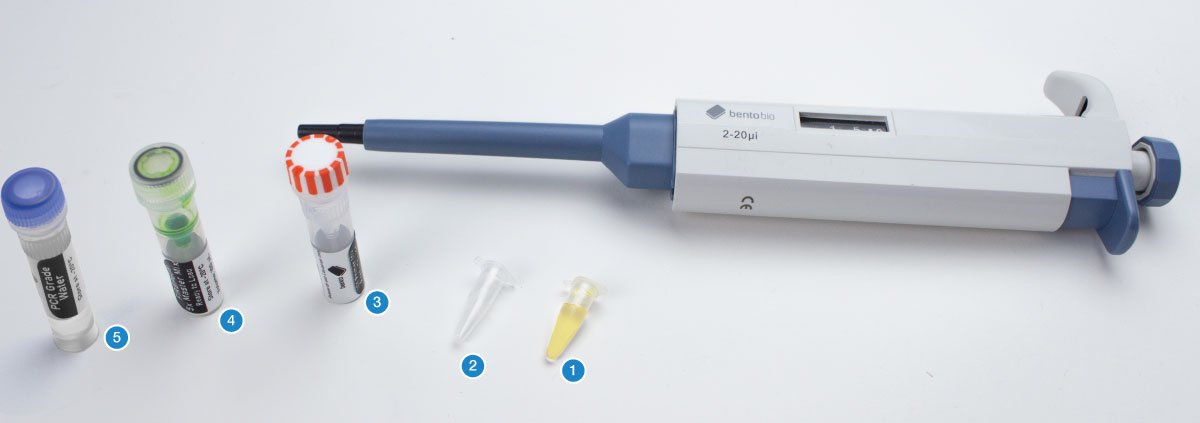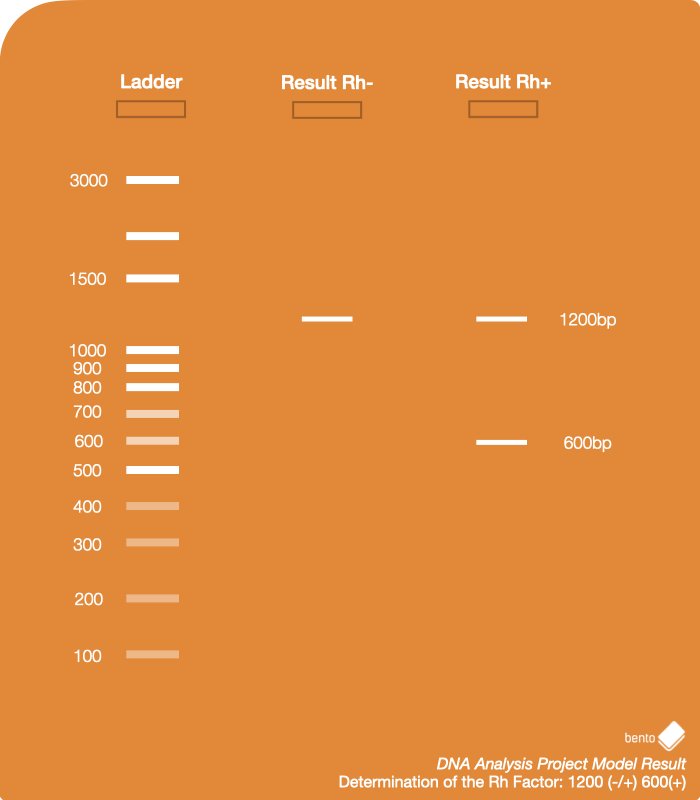Overview
Rh CcEe-Rh D gene variations
Several genes make up the Rh gene cluster. You will explore two genes: the CcEe gene and the D gene. CcEe is present for all genotypes and acts as a control to show that the PCR reaction was successful. The D gene on the other hand is only present for those who are Rh positive.
What are the possible results for this experiment?
There are three possible results, since the D gene can either present or absent, and two copies of the gene exist – one from each chromosome:
- Homozygous dominant: Two copies of the D gene are present, which means the person has an Rh+ blood type.
- Homozygous recessive: The D gene is absent, which means the person has an Rh- blood type.
- Heterozygous: One copies of the D gene are present, which means the person has an Rh+ blood type.


